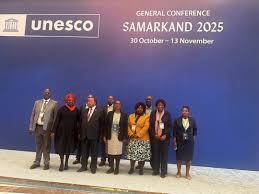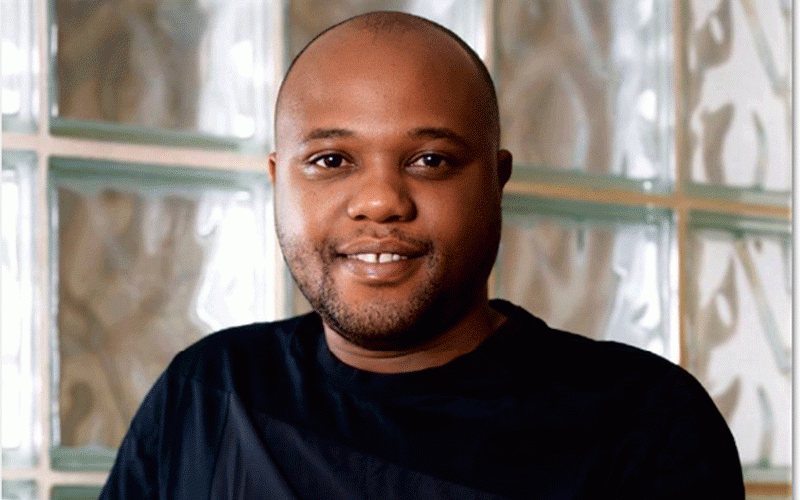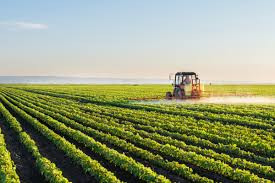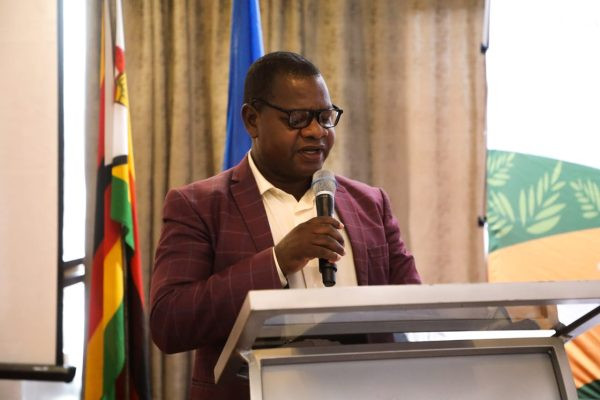
BY HARRIET CHIKANDIWA CONSTRUCTION of the 634,3 million cubic metre Gwayi-Shangani Dam could be hit by resource constraints, Agriculture minister Anxious Masuka said last week, as he called for fresh injections to scale up progress.
The 110-year-old project located in Matabeleland North province was allocated $3,6 billion in the 2022 national budget announced in November last year.
Masuka told legislators on Thursday that 70,19% of the war chest has been used so far.
About 67,5% of the dam has been completed, a huge positive progress of the massive water body, which started attracting serious attention in 2018, about 106 years since its launch in 1912.
Governments have taken their time to implement the project for over a century, but at the expense of surrounding rural and urban communities in dire need of water due to poor rains received in the province.
“The project was allocated $3,6 billion in the 2022 national budget,” Masuka told legislators.
“Of the budget allocation, about $2,5 billion (70,19%) has been disbursed so far. Allocated resources are inadequate to complete the outstanding works on the dam, and more resources are required in order to ensure this project is completed as scheduled,” the minister added.
On completion, Lake Gwayi-Shangani will be the third largest in-land water reservoir in Zimbabwe.
- Chamisa under fire over US$120K donation
- Mavhunga puts DeMbare into Chibuku quarterfinals
- Pension funds bet on Cabora Bassa oilfields
- Councils defy govt fire tender directive
Keep Reading
It holds the hopes of millions of people in the country’s north western provinces where rains have been a perennial problem, thereby inhibiting agricultural activities.
In the past decades, Matabeleland North has also attracted serious investments into its rich coal reserves, which could stimulate the development of other industries.
Without reliable water, the region risks running into the same problems that have affected industrialisation in Bulawayo, where big investors have relocated to regions with reliable water.
Masuka acknowledged that apart from agriculture, a diversity of economic activities would be lined up across the region.
“The project consists of other related components such as water supply, irrigation development, power generation, tourism and fisheries,” he said.
“As we said, the dam is no longer the project but what the water is intended to do. There is an irrigation component for 10 000 hectares affecting five districts. There is also a potable water supply arrangement to 16 service centres around Gwayi. There is also a fisheries project and we are also generating electricity to be able to supply these communities. Identification of irrigation land in Lupane, Binga and Hwange districts is in progress.
The process of identifying irrigation pumping points and in-field work designs for the established 2 160 hectares of the first phase of irrigation development was completed on 28 February 2022. Climate change is real and Zimbabwe is predicted to become drier in the decades ahead and, therefore, we must climate-proof our agriculture. It is agricultural development that will lead to rural industrialisation for Vision 2030,” Masuka noted.
He said phase II of the 252 kilometre-long Matabeleland-Zambezi Water Project kick-started this year.
Eleven contractors have inked deals to undertake the project, each of them working on 21 kilometres, after a March 10 site handover.
“All the contractors are on their sites and some have finished clearing their portions while others have since started pipeline excavations. A total length of 139,8km (55,47%) has already been cleared for the pipeline with 8,62km already excavated. Progress is being slowed down due to non-payment of claims and collapsing trenches in sandy sections. None of the 11 contractors have been paid to date and the supplier of the pipes has also not been paid,” Masuka said.
“As dam projects have attracted justified additional public interest, the Zimbabwe National Water Authority published the progress on all the 12 dams being constructed throughout the country which report I need to share with Parliament. To put things into context, we have said when was the project first mooted? For example, for Gwayi-Shangani, this project was first mooted in 1912 and then what has happened over the years, we have chronicled this. Gwayi-Shangani only started in 2018 when resources were allocated.”
- Follow us on Twitter@NewsDayZimbabwe











